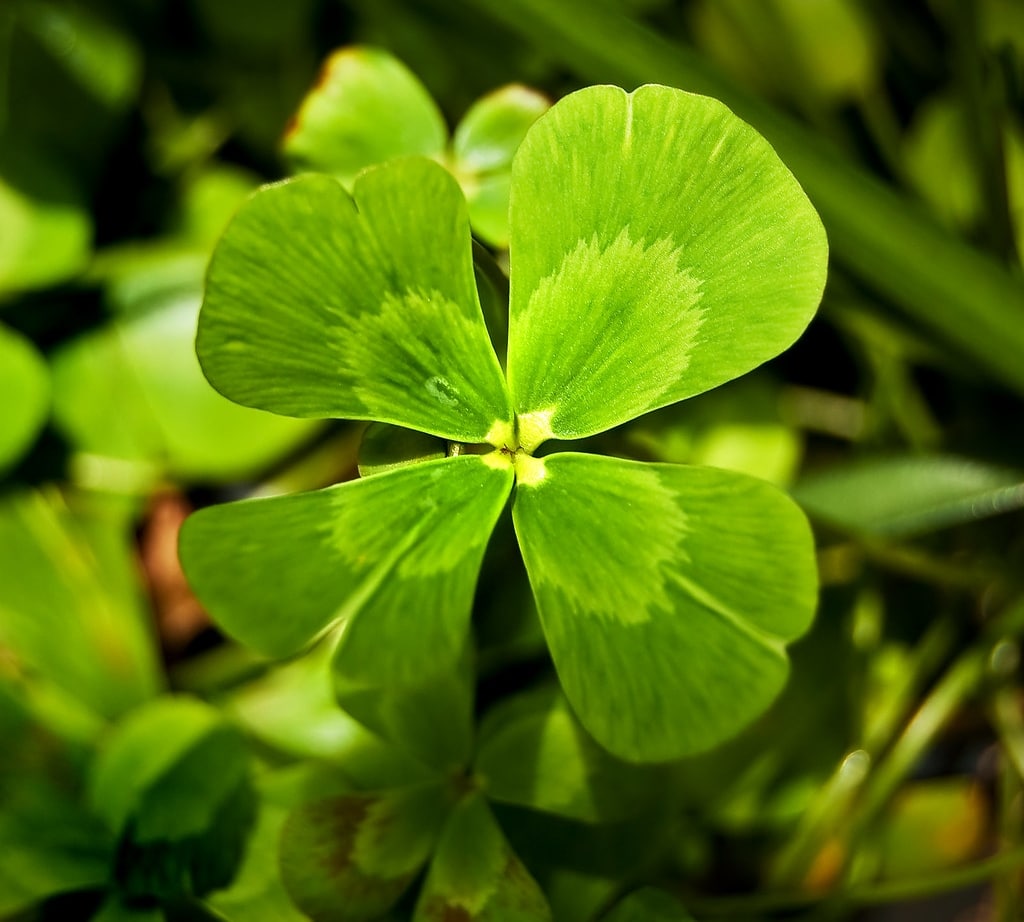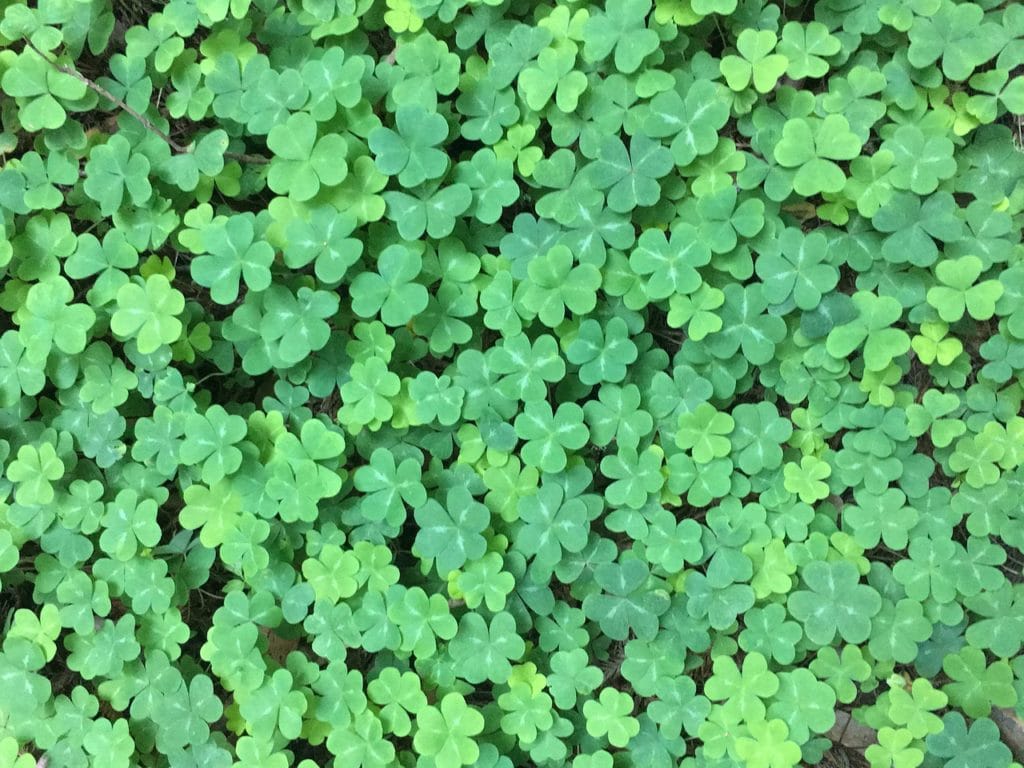People often mix up shamrocks and four-leaf clovers, so let’s delve into the differences between the two once and for all.

We’ve all heard of a shamrock, and we’ve all heard of a four-leaf clover. However, do we all know how to differentiate between the two?
While one has deep roots in Irish history, the other is considered a rare sign of good luck. Do you know which one is which? Let’s take a look at the difference between a four-leaf clover and a shamrock.
Irish heritage – Irish culture all over the world

There are people and clans with Irish heritage quite literally all over the world. While mass emigration from Ireland came from a dark time in our history, we now celebrate the Irish roots that are firmly planted in every corner of the globe.
Irish culture and heritage is one that is celebrated and embraced throughout the world; just look at the amount of Irish pubs in every city you visit!
Plus, it is fascinating to see how different cultures celebrate one of the biggest celebrations from Ireland, St Patrick’s Day.
Countries and cities all over the world often go green white and orange every year on 17 March, and it’s something the Irish are extremely proud of.
Two symbols you’ll often see associated with this day are the shamrock and the four-leaf clover. So, that’s why we’re here today, to take a look at the differences between the two.
The shamrock – rooted in Irish heritage

The shamrock is a young sprig that has been a symbol associated with Ireland for centuries. As the story goes, St Patrick used the abundance of shamrocks on the Emerald Isle to explain the holy trinity, i.e., the Father, the Son, and the Holy Spirit.
Apparently, he did this as a way to convert people to Christianity. However, modern theorists hypothesise that the link between St Patrick and the shamrock has been embellished throughout the years by writers and botanists.
Regardless, well before St Patrick and Christianity popularised the symbol, Druids used them for medicinal purposes. All in all, shamrocks have been an integral part of Irish heritage history for centuries and will remain so far into the future.
The four-leaf clover – a lucky find

Now, the four-leaf clover, on the other hand, is simply considered to be a good luck charm as they are very rare. The four-leaf clover is the rarer variation of the common three-leaf clover, aka a shamrock.
Who remembers running your hands through the grass as a child and plucking what you thought was a four-leaf clover from its roots in excitement, only to usually discover that it was a regular three-leaf clover?
In some narratives, the fourth leaf is representative of luck, while the other three represent good faith.
To put it simply, while the shamrock is an ancient symbol with links to St Patrick and Irish heritage, the four-leaf clover is a simple good luck charm at any time of the year.
The literal difference – the difference between a four-leaf clover and a shamrock

Shamrock is ‘seamrag’ in Gaelic; the translation is ‘little clover’. This is fitting because the shamrock and the four-leaf clover belong to the same white clover plant family. However, botanists often dispute which species of clover the shamrock actually is.
The difference in appearance between a shamrock and a four-leaf clover is easy to spot. The shamrock, of course, has three leaves or leaflets, while the four-leaf clover has four.
The four-leaf clover gets its extra limb from a rare genetic mutation which is why they are so difficult to find and why they are considered lucky.
According to research, the odds of finding one are 1 in 10,000. So, count your lucky stars if you really do find one!
Fun facts about shamrocks – the lighter side of things

As a symbol of Ireland, people often assume that shamrocks grow uniquely on the Emerald Isle. However, they are known to grow all over the world, except in the Antarctic.
Clovers don’t just come as three-leaf and four-leaf. In Japan, a 56-leaf clover was bred by Japanese farmer Shigeo Obara.
People are even chopping up shamrock plants and putting them in their salads. Tom Keogh, director and ‘crisp connoisseur’, said that shamrock tastes like garlic! If you’ve tried this flavour of Keogh crisps, let us know what you think.
On St Patrick’s Day in Ireland, we grab a bunch of shamrocks, wrap the end in tin foil and pin it to our clothes.
Shamrocks, although a huge part of Irish culture, go way beyond the Emerald Isle. However, the main point is, have we cleared up the difference between a four-leaf clover and a shamrock?

